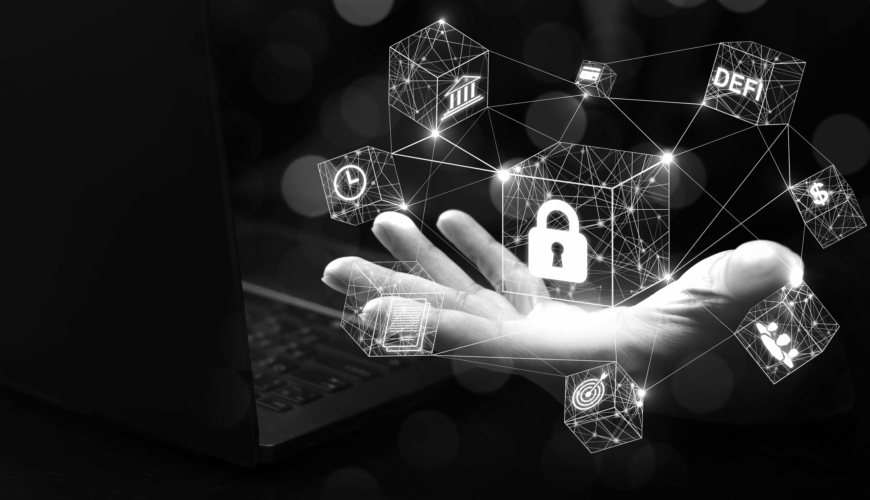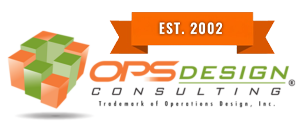Blockchain integration in supply chains is enhancing transparency, traceability, and trust. Modern supply chains are incredibly complex. Spanning across countries and involving dozens—sometimes hundreds—of partners, they’ve become efficient but also increasingly fragile. Issues like counterfeit goods, slow responses to disruptions, and a general lack of transparency are more common than most companies would like to admit.
Blockchain technology—once known mainly for powering cryptocurrencies—is now gaining attention as a tool that can help fix many of these problems. By making supply chains more transparent, secure, and efficient, blockchain is fast becoming one of the most talked-about innovations in logistics and operations.
What Exactly Is Blockchain Integration—and Why Does It Matter?
At its core, blockchain is a shared digital ledger. Instead of being stored in one central place, information is distributed across a network of computers. When a transaction happens, it’s recorded in a block of data, time-stamped, and linked to the previous one—creating a secure, unchangeable chain of information.
That might sound technical, but the implications are significant: it means multiple people or companies can share data and trust that it hasn’t been altered. For supply chains, where verifying the origin and movement of goods is critical, this is a game-changer.
What Blockchain Integration Can Actually Do for Supply Chains
1. Bring Real Transparency to the Table
One of the biggest frustrations in supply chain management is the lack of visibility. Where are the goods? Who handled them last? Why is there a delay? Blockchain makes it possible for everyone involved to access the same real-time information—whether they’re suppliers, shippers, or retailers. This cuts down on miscommunication, finger-pointing, and guesswork.
2. Make It Easier to Track Every Step
Blockchain can record each stage of a product’s journey, from raw material to finished item. This means companies can trace problems back to their source quickly and prove where their goods came from—something that’s becoming more important in industries where safety, sustainability, and authenticity matter.
3. Help Stop Counterfeits and Fraud
Counterfeit goods don’t just hurt profits—they can pose serious safety risks. With blockchain, products can be tagged with unique digital IDs that are nearly impossible to fake. When paired with scanning or tracking tools, companies can confirm whether a product is the real deal at any point in its lifecycle.
4. Automate Agreements Through Smart Contracts
Smart contracts are digital rules built into the blockchain that execute automatically. If a shipment arrives on time and passes inspection, payment can be triggered without human intervention. This speeds up routine processes and removes the need to chase paperwork or approvals.
5. Build a More Flexible, Resilient Supply Chain
When the unexpected happens—whether it’s a pandemic, natural disaster, or raw material shortage—companies need to adapt quickly. Blockchain helps by providing immediate insight into where things are going wrong, what’s been affected, and how best to respond. That kind of agility is hard to achieve with siloed systems and outdated data.
Getting Started: Practical Steps Toward Blockchain Implementation
Implementing blockchain isn’t as simple as flipping a switch, but it’s more accessible than many companies think. The key is to take a strategic, step-by-step approach.
Start Small
Begin with a focused project. Instead of trying to overhaul your entire operation, identify one part of the supply chain—like tracking a specific item or automating a recurring transaction—that could benefit from added transparency or automation.
Pick the Right Platform
There are several types of blockchain networks: public, private, and consortium. Public blockchains are open to anyone but can be slower and less secure for business use. Private and consortium blockchains offer more control and are better suited for supply chain applications.
Get Everyone on the Same Page
Blockchain integration works best when everyone is aligned on what data is being tracked, how it’s being entered, and who can access it. That means agreeing on standards and building trust across the network—not just internally but with suppliers and partners too.
Blockchain Integration with What You Already Use
Blockchain doesn’t need to replace your current systems. It can complement tools like ERP and inventory management software, and work alongside technologies like sensors and IoT devices to feed in accurate, real-time data.
Challenges to Be Aware Of
No technology is perfect, and blockchain integration has its hurdles.
• Scalability can be an issue—not all blockchain networks can handle high volumes quickly.
• Privacy concerns are real, especially when competitors share a network.
• Legal frameworks are still catching up, particularly around digital contracts and data ownership.
• The upfront investment in technology and training can be significant, though long-term savings often outweigh the initial costs.
That said, with the right planning, these challenges are manageable—and many early adopters are already seeing strong returns.
The Bottom Line
Blockchain isn’t just a buzzword anymore—it’s becoming a practical tool for supply chain leaders who want to operate more transparently, efficiently, and securely.
Companies that start exploring blockchain now don’t just stand to reduce costs or prevent fraud. They gain the kind of visibility and trust that today’s customers, regulators, and partners increasingly expect.
The future of supply chain management isn’t just about moving products—it’s about moving information, and moving it well. Blockchain makes that possible.


